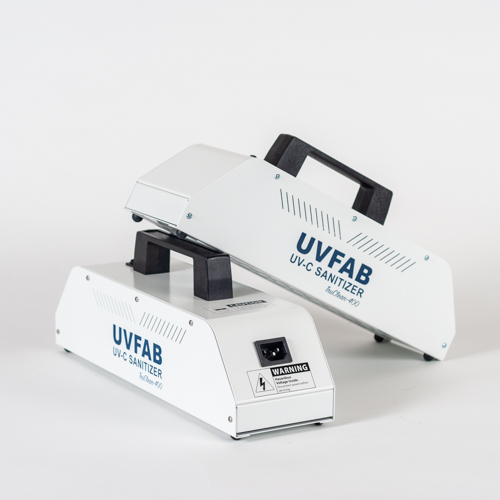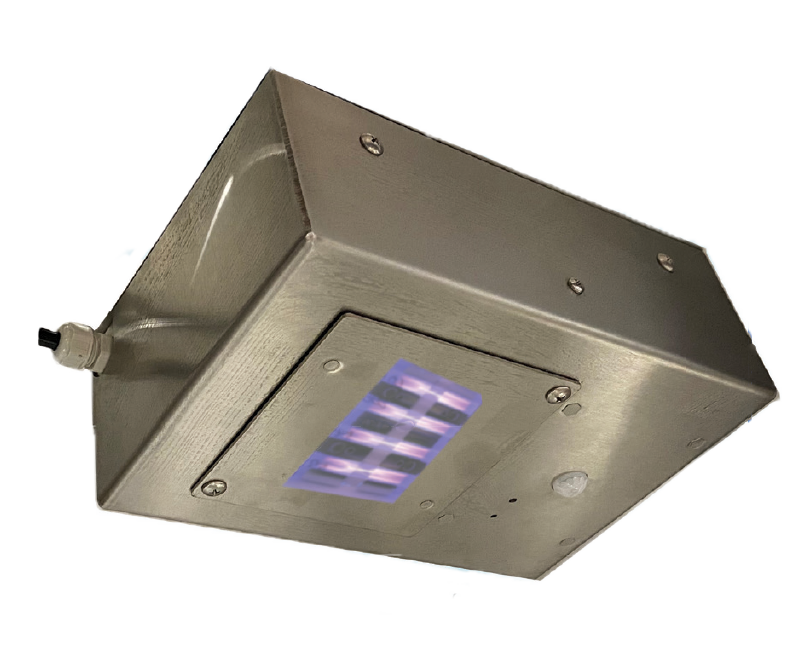Unleashing the Power of UV Surface Disinfection: Safeguarding Versus Hazardous Virus
Unleashing the Power of UV Surface Disinfection: Safeguarding Versus Hazardous Virus
Blog Article
UV Sanitation: The Cutting-Edge Innovation Changing Hygiene Practices
In the realm of cleanliness practices, one modern technology has emerged as a game-changer: UV disinfection. From healthcare setups to food handling, UV disinfection is making its mark in various sectors.
Exactly How UV Sanitation Functions
UV sanitation functions by utilizing ultraviolet light to ruin or inactivate microorganisms, supplying a chemical-free and highly effective technique of hygiene. This innovation takes advantage of the power of short-wavelength UV-C light, which can damaging the DNA and RNA of microorganisms, thus making them incapable to cause and recreate harm.
The procedure begins with the installation of UV sanitation systems, which include UV lights that send out UV-C light. These lights are purposefully positioned in locations where microbial contamination is a problem, such as water therapy plants, health centers, labs, and food processing centers.
When bacteria are revealed to UV-C light, the photons penetrate their cell walls and reach the DNA and RNA within. The high-energy UV-C photons interfere with the hereditary material by producing bonds in between surrounding nucleotides, resulting in the formation of thymine dimers. These dimers prevent the bacteria from replicating, rendering them harmless.
UV disinfection is highly efficient versus a wide variety of bacteria, consisting of infections, bloodsuckers, and bacteria. It is specifically reliable versus waterborne microorganisms like E. coli, Giardia, and Cryptosporidium. UV disinfection is a chemical-free method, eliminating the demand for potentially dangerous anti-bacterials and lowering the threat of harmful sanitation by-products.
Advantages of UV Sanitation
UV sanitation offers many advantages in the field of hygiene, making it a highly favored method for effectively eliminating hazardous microbes. Among the essential benefits of UV disinfection is its capability to provide a chemical-free remedy. Unlike traditional sanitation techniques that count on chemicals, UV disinfection makes use of ultraviolet light to damage the DNA of microbes, providing them not able to recreate and cause infections. This not just removes the demand for possibly harmful chemicals yet likewise minimizes the risk of chemical residue on surface areas.

UV disinfection is likewise highly versatile in its applications. It can be utilized in various setups, including healthcare facilities, institutions, food processing facilities, and water therapy plants. UV disinfection systems can be easily integrated into existing sanitation methods, giving an added layer of protection against transmittable conditions.
In addition to its efficiency and versatility, UV sanitation is likewise eco-friendly. It does not generate any hazardous by-products or residues, making it a safe and lasting method for hygiene - uv surface disinfection. In addition, UV disinfection requires very little maintenance and has a long lifespan, resulting in cost financial savings over time.
UV Sanitation in Health Care Settings
In medical care setups, UV disinfection has emerged as a cutting-edge approach for efficiently eliminating hazardous microorganisms. UV sanitation works by producing ultraviolet light at a details wavelength that is deadly to microorganisms, infections, and other microorganisms.
Firstly, UV sanitation is a non-chemical method, making it an eco-friendly alternative compared to typical disinfection methods that frequently include making use of severe chemicals. Using UV light removes the requirement for chemical disinfectants, decreasing the risk of damaging residue or chemical exposure to both individuals and medical care workers.
Furthermore, UV sanitation is highly reliable in killing a large range of microorganisms, including drug-resistant bacteria such as MRSA and C. difficile. It offers a dependable and consistent sanitation process, guaranteeing that all surfaces and devices are extensively disinfected, also in hard-to-reach areas.

UV Disinfection in Food Processing
The application of UV sanitation expands past medical care settings and discovers substantial worth in the world of food handling. uv surface disinfection. UV sanitation technology is coming to be increasingly prominent in the food market due to its capacity to efficiently remove unsafe microorganisms and boost go to this website food security
One of the primary benefits of UV sanitation in food handling is its ability to target a large range of microorganisms, including bacteria, infections, and mold and mildews. By utilizing UV light at details wavelengths, it is possible to interrupt the DNA and RNA of these pathogens, rendering them unable to cause or reproduce injury. This modern technology can be applied to numerous stages of the food processing chain, including surface sanitation, tools sterilization, and water treatment.
UV sanitation provides a chemical-free and non-thermal technique of disinfecting food products. Unlike typical disinfection techniques that rely upon chemicals or heat, UV modern technology does not leave any kind of residue or alter the taste, texture, or dietary worth of the food. This makes it a suitable solution for industries that need strict adherence to quality standards.
Moreover, UV sanitation systems are very easy to install and operate, calling for minimal maintenance. They can be integrated right into existing handling lines without causing significant interruptions to the production procedure. In addition, UV systems have a fast therapy time, enabling constant handling and minimizing downtime.
The Future of UV Disinfection

One area where UV sanitation is expected to make significant innovations is in the field of health care. With the increase of antibiotic-resistant bacteria and the need for more efficient sanitation approaches, UV light has the potential to play an essential role in decreasing healthcare-associated infections. UV sanitation systems can be made use of to decontaminate surface areas, devices, and even the air in healthcare centers, aiding to stop the spread of hazardous virus and boost person safety.
Another sector that can gain from advancements in UV sanitation innovation is the food sector. UV light has currently verified to be an effective technique for decontaminating food and minimizing the risk of foodborne diseases. As innovation boosts, we can expect to see extra cost-effective and efficient UV sanitation systems being implemented in food processing plants, ensuring that the food we consume is risk-free and cost-free from damaging bacteria.
Verdict
To conclude, UV disinfection is an innovative technology that is changing hygiene practices in health care setups and food handling. By using UV light to kill or shut down bacteria, it offers numerous benefits such as performance, effectiveness, and security. With recurring improvements in this field, UV sanitation holds wonderful potential for the future of cleanliness, giving a reputable and lasting service for preserving tidy and hygienic environments.
UV sanitation is a chemical-free method, removing the requirement for potentially damaging disinfectants and lowering the danger of damaging disinfection spin-offs.
Unlike standard disinfection approaches that count on chemicals, UV sanitation uses ultraviolet light to damage the DNA of microbes, rendering them unable to replicate and trigger infections. Unlike standard sanitation methods that rely on chemicals or warm, UV technology does not leave any kind of deposit or change the preference, structure, or dietary worth of the food. As innovation enhances, we can anticipate to see much more efficient and affordable UV disinfection systems being executed in food handling plants, making certain that the food we eat is secure and free from hazardous microorganisms.
In verdict, UV sanitation is a cutting-edge dig this modern technology that is changing hygiene techniques in medical care settings and food handling.
Report this page